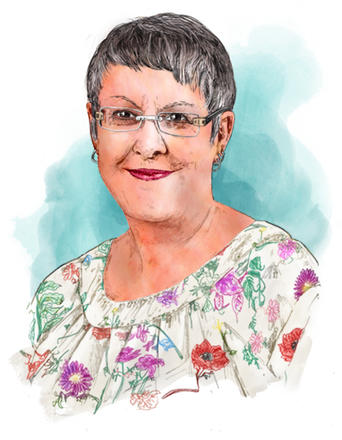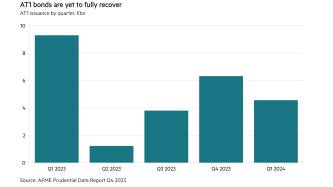Open banking, which allows consumers to share their financial transaction data with regulated third-party providers (TTPs), was launched in the UK on January 13, 2018, the day the EU’s Payment Services Directive 2 (PSD2) came into effect. Although front-running its European counterpart, the UK version was closely aligned with the PSD2 framework.
The aim of open banking is threefold: to improve consumer protection, create better financial management tools, and enhance competition in retail banking. To provide the necessary foundation to access current account data, the UK regulator (Competition and Markets Authority) went an extra step and mandated the use of standard application programming interfaces (APIs), which is a secure connection so that TPPs can plug into a database and pull specific data that can be used in their own apps to build innovative financial products and services.
While the UK was the first to embrace open banking, the concept has lit the imagination of regulators and central banks around the world. In addition to the UK and the EU, other jurisdictions have rolled out open banking regulations, including Australia, Hong Kong, Bahrain and Brazil. The most recent initiatives are Kenya, which in December published a five-year draft digitisation plan, and Saudi Arabia, which ambitiously plans to go live with open banking in the first half of 2022. Other countries have opted for a market-driven approach, including India, Japan, Singapore and South Korea.
There is also a lot of market buzz around fintechs offering open banking functionality. For example, Swedish fintech Tink raised €85m in December, following a €90m fundraising round at the beginning of 2020. More recently, it partnered with BNL, part of BNP Paribas, to add a new multi-banking feature to the Italian bank’s mobile banking app.
Despite these advances, the hard numbers released on the third anniversary by the UK’s Open Banking Implementation Entity (OBIE) shows a relatively slow ramp-up:
- As of December 2020, 294 regulated providers, including fintechs, are now in the ecosystem, of which 102 have live offerings in the market through the Open Banking App Store;
- More than 2.5 million UK consumers and businesses now use open banking-enabled products to manage their finances, access credit and make payments;
- API call volume has increased from 66.8 million in 2018 to nearly 6 billion in 2020.
Clearly, open banking in the UK has not yet delivered on its revolutionary potential. There are many persistent problems that have not been solved, such as the elusive business case generating new revenue streams for incumbent banks, which has led to many dragging their feet in implementing quality APIs.
Open banking takes us one step closer to open finance, which could include data from all areas of finance such as pensions, mortgages, savings and insurance
Additionally, some technical issues still need ironing out. But the real issue is that innovative use cases or business models have been slow to emerge beyond account aggregation, access to credit and mortgage applications. However, this is beginning to change. In Episode 63 of The Banker’s ‘Banking under pressure’ podcast series, Imran Gulamhuseinwala, implementation trustee at the OBIE, uses the example of an app leveraging open banking data to help people better understand their carbon footprint and make better environmental decisions.
Before we pass judgement on open banking, however, it is important to remember that it takes us one step closer to open finance, which could include data from all areas of finance such as pensions, mortgages, savings and insurance. “That’s when it really takes off: all the data in one place built around serving the consumer,” said Mr Gulamhuseinwala.
And that brings us closer to an open data economy, when open finance becomes integrated into broader digital ecosystems and platforms. This is when the really exciting use cases will come to the fore.
Joy Macknight is managing editor of The Banker. Follow her on Twitter @joymacknight
Register to receive the Editor’s blog and in-depth coverage from the banking industry through the weekly e-newsletter.











